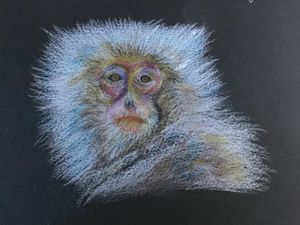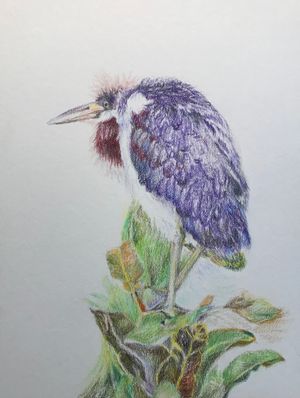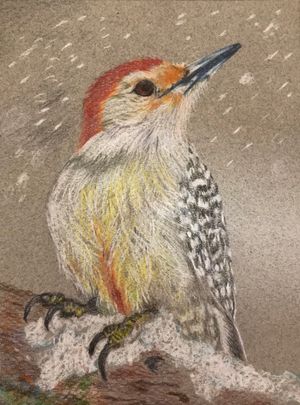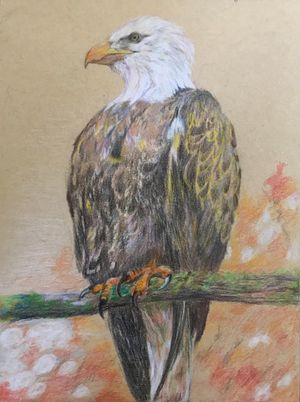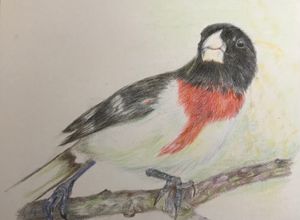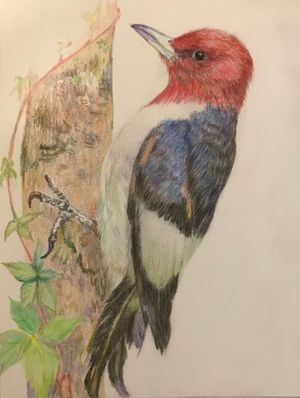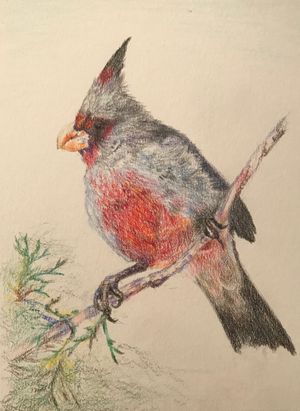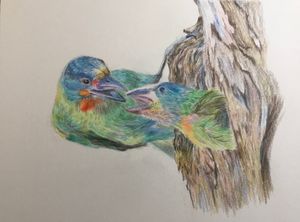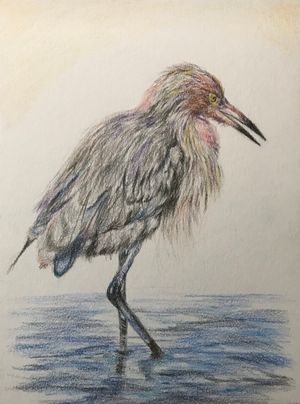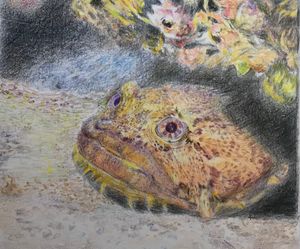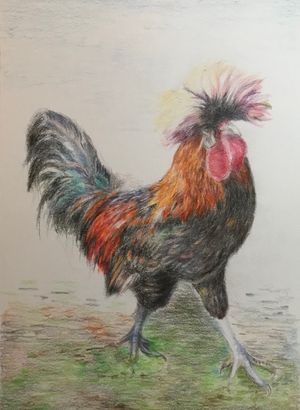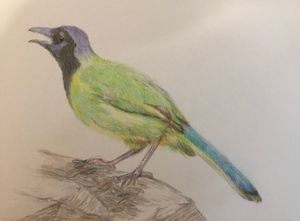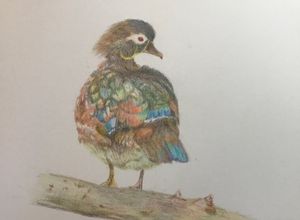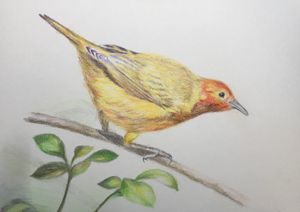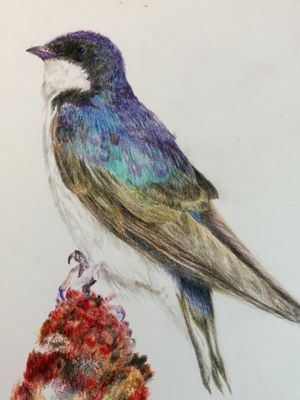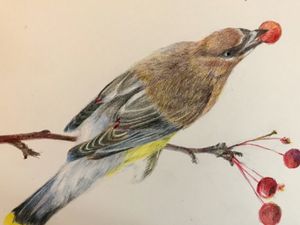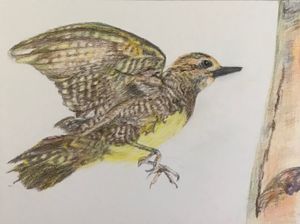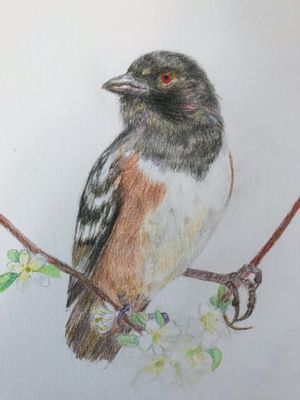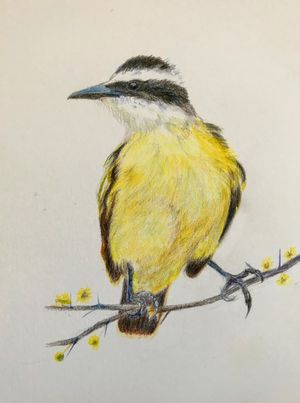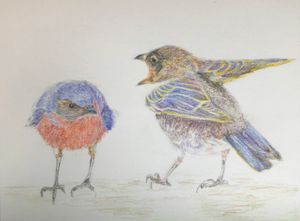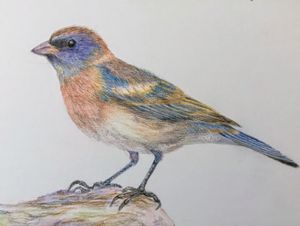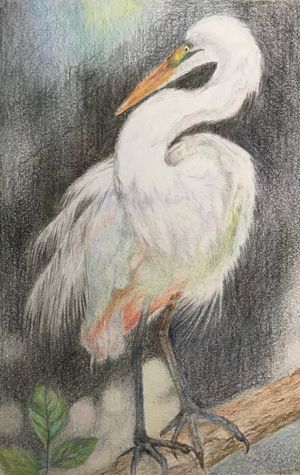The great gray owl (Strix nebulosa) is a majestic and enigmatic bird of prey that inhabits the boreal forests of North America and Eurasia. As the tallest owl in North America, it stands an impressive 24 to 33 inches tall with a wingspan of up to 5 feet[1][4]. Despite its large size, the great gray owl is surprisingly lightweight, weighing only 2 to 4 pounds, as its bulk is mostly composed of dense, fluffy feathers[5].
This owl is easily recognizable by its large, rounded head with a distinctive facial disk, yellow eyes, and lack of ear tufts[1][2]. Its plumage is predominantly gray with intricate patterns of brown and white, providing excellent camouflage against tree bark[6]. The great gray owl's exceptional hearing, aided by asymmetrical ear placement, allows it to locate prey beneath up to two feet of snow[3].
Great gray owls are primarily active during twilight hours and hunt for small mammals, especially voles and mice[1][3]. They nest in abandoned hawk or raven nests, broken tree tops, or on man-made platforms, typically laying 2 to 5 eggs in the spring[1][3]. While not abundant, these owls play a crucial role in their ecosystem and are protected by law in many areas[1][3].
大灰林鴞(學名:Strix nebulosa)是一種雄偉而神秘的猛禽,棲息於北美和歐亞大陸的北方針葉林。作為北美最高的貓頭鷹,它身高令人印象深刻,達到24至33英寸,翼展可達5英尺。儘管體型龐大,大灰林鴞卻出奇地輕盈,體重僅2至4磅,因為其體積主要由濃密蓬鬆的羽毛構成。
這種貓頭鷹易於識別,特徵是大而圓的頭部,具有獨特的面盤,黃色的眼睛,且沒有耳羽。其羽毛主要呈灰色,帶有複雜的棕色和白色花紋,能夠完美地融入樹皮背景。大灰林鴞擁有非凡的聽力,這得益於其不對稱的耳朵位置,使它能夠定位埋在最深達兩英尺雪層下的獵物。
大灰林鴞主要在黃昏時分活動,獵捕小型哺乳動物,尤其是田鼠和老鼠。它們在廢棄的鷹巢或渡鴉巢、斷裂的樹頂或人造平台上築巢,通常在春季產下2至5枚卵。雖然數量不多,但這些貓頭鷹在其生態系統中扮演著至關重要的角色,在許多地區受到法律保護。
Citations:
[1] https://www.dnr.state.mn.us/birds/greatgrayowl.html
[2] https://fieldguide.mt.gov/speciesDetail.aspx?elcode=ABNSB12040
[3] https://www.adfg.alaska.gov/static/education/wns/great_gray_owl.pdf
[4] https://www.allaboutbirds.org/guide/Great_Gray_Owl/id
[5] https://peregrinefund.org/explore-raptors-species/owls/great-grey-owl
[6] https://www.nps.gov/articles/000/great-gray-owl.htm
[7] https://www.allaboutbirds.org/guide/Great_Gray_Owl/overview
[8] https://www.audubon.org/field-guide/bird/great-gray-owl

















































